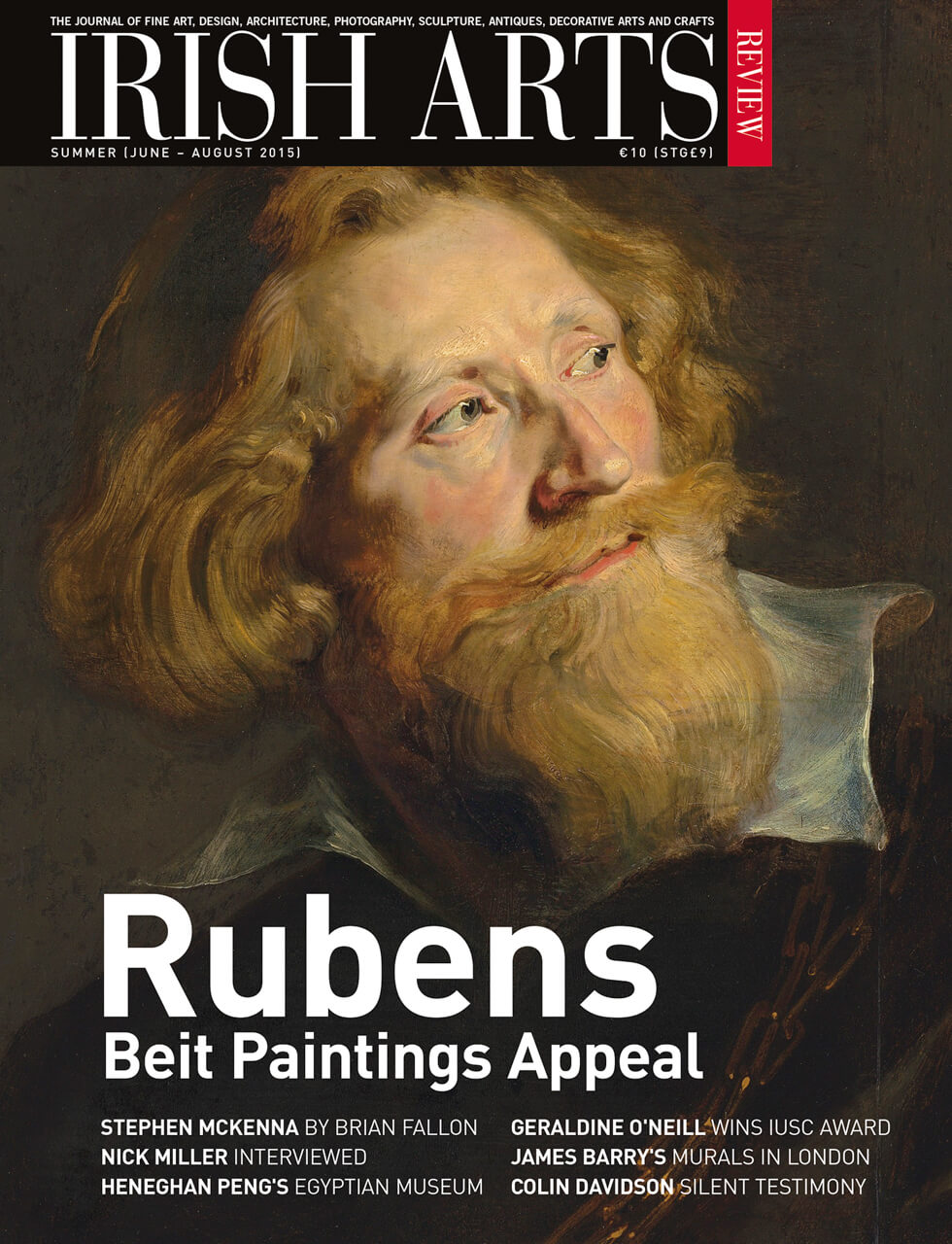

ANTHONY MALCOMSON
Four Courts Press, 2015
pp 290 col ills h/b
€55.00 ISBN: 978-1-851829-14-9
James Howley
Nathaniel Clements was born in in County Cavan in 1705. Having been raised in relatively modest circumstances he went on to enjoy a successful career as a politician, holding lucrative government posts in the exchequer. These brought him wealth and acceptance within the higher ranks of the Protestant ascendancy, which governed Ireland at that time. During his life, he was responsible for the construction of a number of houses in and around Dublin, and today is often described as having been an amateur architect. This claim is based on an article in Apollo 84, published in 1966 by the late Knight of Glin, in which he attributed a number of relatively minor buildings to the hand of Clements.
AWP Malcomson sets out to investigate this claim, through impressive research and a sleuth-like attention to detail. Within ten chapters he commences with the career of Clements and his close relationship with Luke Gardiner, who was arguably Ireland’s most successful developer. He goes on to consider the buildings Clements commissioned within north Dublin developments at Henrietta Street and Sackville Place; and also through his own country villa in the Phoenix Park, where he held the position of Ranger. Other houses mentioned in the Knight’s essay are analyzed for evidence of Clements‚’ possible authorship and his influence as an arbiter of taste is also considered. The book concludes with an interesting insight into the role of the amateur architect in Ireland during the 18th century.
With so many interesting buildings mentioned in this book, it is a shame that more were not illustrated to provide a wider architectural context.
Clements‚’ career is well drawn by the author, showing him to be a shrewd operator, ample evidence of which can be found in his many surviving ledgers. He also possessed sufficient charm, or sycophancy, to make powerful allies; and his self-made wealth, no doubt brought him other admirers. The book is at its best when describing the early urban developments of Clements and his mentor, and in the design and management of the Phoenix Park, where he improved what was in effect his own semi-private demesne. During his early adulthood Clements encountered the genius of Edward Lovett Pearce, and later he got to know Pearce’s successor Richard Castle both of whom he admired. It is somewhat surprising to realize that the profession of architecture was so very new in Ireland at that time, there having been few architects of note before the end of the 18th century. This point is made variously throughout the book, concluding in the final chapter that provides an absorbing study of the role of the amateur architect in Ireland.
Unfortunately, much of the text in between these highlights is overburdened with names, dates and figures that do little to help the flow, or develop the narrative. While the depth of research, behind these statistics is admirable; they do tend to read like a ledger in places. The denseness of the text is not relieved by the illustrations, which are grouped together rather than being distributed throughout the book, and when they do occur, include more portraits than buildings. With so many interesting buildings mentioned in this book, it is a shame that more were not illustrated to provide a wider architectural context. It becomes very clear that Clements was no architect, amateur or otherwise, long before the author’s eventual conclusion of this. In fairness, Mr Malcomson opens his account with a healthy degree of scepticism, and if Clements wasn’t an architect, he was most certainly a visionary in the, as yet undiscovered, field of management accounting. For his next book I hope that the author will apply his obvious powers of scholarly detection to a more compelling mystery.
James Howley is an architect and an author.



